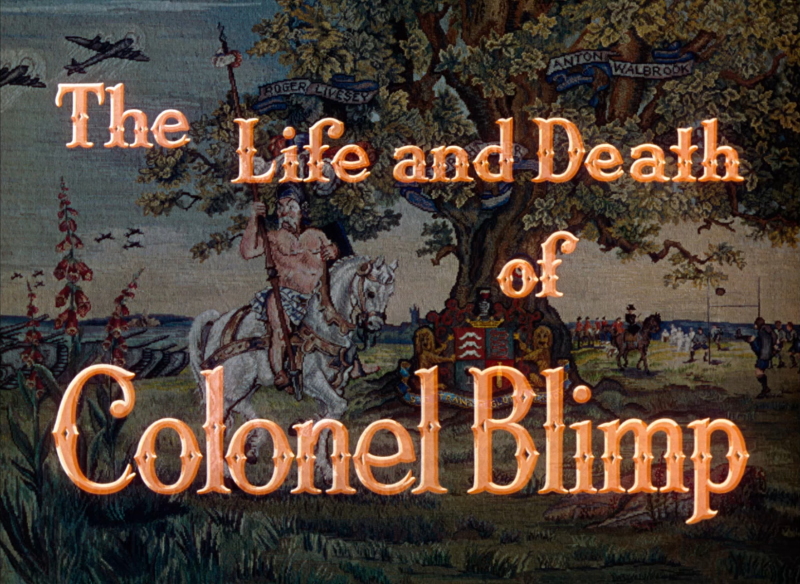
10 Interesting Facts and Figures About “The Life and Death of Colonel Blimp”
“The Life and Death of Colonel Blimp,” directed by Michael Powell and Emeric Pressburger, is a classic British film that masterfully blends wartime drama with rich character studies. Released in 1943, this film has left an indelible mark on cinema, showcasing the complexities of friendship, duty, and the inevitable passage of time. Here, we explore ten intriguing facts and figures that highlight the film’s significance and impact.
1. The Inspiration Behind the Title
The title “Colonel Blimp” originates from a comic strip created by David Low in the 1930s, which satirized the British military and its outdated values. The filmmakers adapted this character into their narrative, using the name to explore themes of honor and national identity.
2. A Unique Production Approach
The film was notable for its innovative use of Technicolor, making it one of the first British films to utilize this technique extensively. The vibrant color palette enriched the storytelling and emphasized the emotional depth of the characters.
3. Lengthy Production
The production of “The Life and Death of Colonel Blimp” spanned over 18 months. This lengthy process allowed for meticulous attention to detail in both the script and the visual presentation, resulting in a film that was both ambitious and visually stunning.
4. The Lead Actor’s Transformation
Roger Livesey, who played the titular role of Colonel Blimp, underwent a significant physical transformation for the role. He portrayed the character at various stages of life, requiring him to adapt his appearance to reflect the aging process convincingly.
5. A Controversial Release
Upon its release, the film faced criticism for its depiction of British military values during a time of war. Some viewed it as an attack on the military establishment, leading to a mixed reception from audiences and critics alike.
6. Running Time and Format
The film has a running time of 163 minutes, making it one of the longer films of its era. This extensive runtime allowed for in-depth character development and a comprehensive exploration of its themes.
7. Critical Acclaim and Legacy
Over time, “The Life and Death of Colonel Blimp” has received critical acclaim and is now regarded as one of the greatest British films ever made. It holds a high rating on various film review platforms and continues to be studied for its artistic merits.
8. A Love Story Across Generations
The narrative spans three decades, focusing on the love life of Colonel Blimp. This long timeline allows for an exploration of how relationships evolve over time, reflecting broader societal changes in Britain.
9. Influential Cinematography
Cinematographer Jack Cardiff played a crucial role in defining the film’s visual style. His work contributed to the film’s reputation for stunning imagery, further bolstered by its innovative use of lighting and color.
10. Restoration and Preservation
In 1999, the film underwent a significant restoration, bringing it back to its original glory. This effort ensured that new generations could appreciate the film’s artistry and narrative depth, securing its place in cinematic history.
Conclusion
“The Life and Death of Colonel Blimp” remains a remarkable achievement in British cinema, offering a thoughtful examination of war, friendship, and the passage of time. Each of these facts and figures underscores the film’s lasting legacy and its continued relevance in discussions about storytelling and character development in film. As audiences revisit this classic, they are reminded of the power of cinema to reflect and critique societal values across generations.
Discover more from Anglotees
Subscribe to get the latest posts sent to your email.
